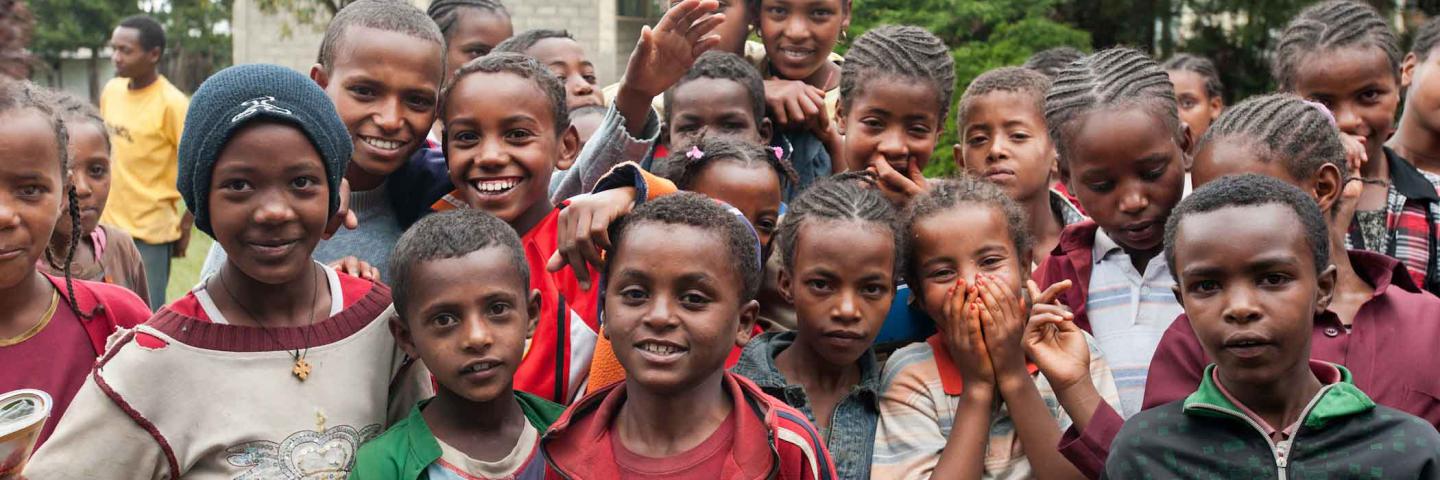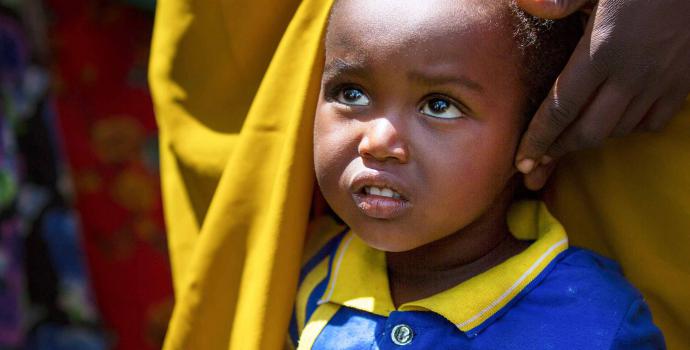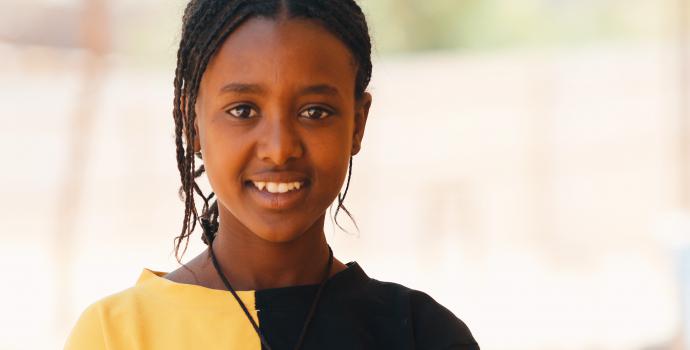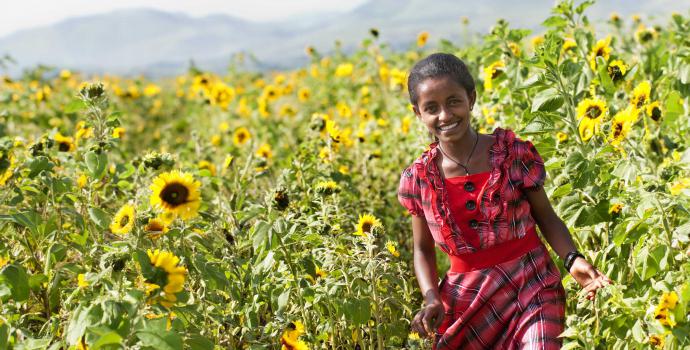Save the Children started operations in Ethiopia in the 1930s. Its permanent offices in Ethiopia were set up through Save the Children Sweden in 1965 and Save the Children UK in 1974. The earliest work in the 60's focused more on humanitarian and emergency assistance. This has now evolved into triple nexus programming covering long-term development and resilience programming, humanitarian responses, and peacebuilding.
Last year (2023), our work in Ethiopia directly reached 6.8 people, including 3.9 million children, and indirectly benefited a further 21 million people.





